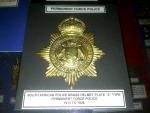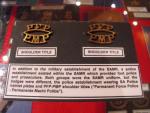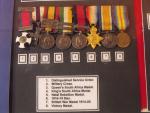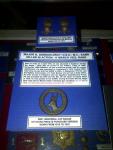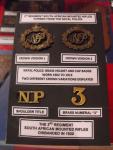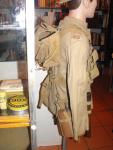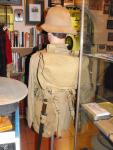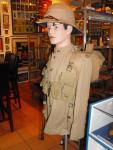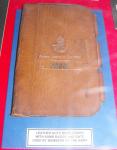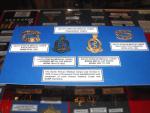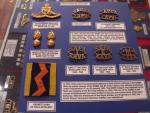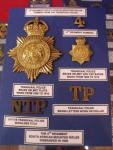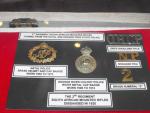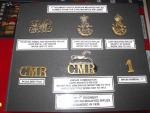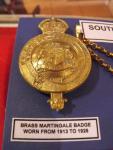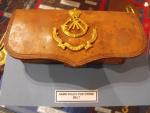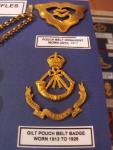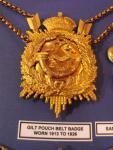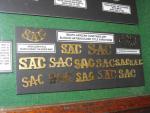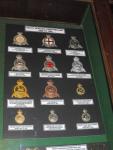During 1911 it was decided to reorganize the police forces of the newly formed Union of South Africa on the lines of that used in the former Cape Colony. With effect from 1 April 1913, (Act 14 of 1912), two police forces were formed within the Union of South Africa. The SA Mounted Rifles was formed by the amalgamation of the Cape Mounted Police (CMP), Cape Mounted Rifles (CMR), Natal Police (NP), Orange Free State and Transvaal Police (TP).
The SA Mounted Rifles comprised five regiments based around the Union. The 1st Regiment (CMR) was based in King William's Town and patrolled the Transkei and part of the Eastern Cape. The 2nd and 3rd Regiments (NP) were at Pietermaritzburg and Dundee respectively. The 4th Regiment (TP) was based in Pretoria, whilst the remaining unit, the 5th Regiment (CMP) was based in Kimberley. In addition to these regiments, an artillery brigade of five batteries was attached to the SAMR
In 1916 provision was made for Military Police in the personnel strength of a unit, and from 1916 until 1922 a detachment of Military Police was placed on the strength of the SAMR. These Military Policemen carried out their specialised duties from a police station. At Roberts Heights a detachment of 14 men apparently existed for some time. This detachment consisted of a Sergeant, a Corporal and 12 Lance Corporals. A staff officer to the O.C. Troops at Roberts Heights was appointed as both OC Military Police and as Superintendent of the Detention Barracks. It is believed that details of military police were to be found in the garrison centres of the Union at this time, for example, Cape Town, Potchefstroom and Durban.
In 1920 the five SAMR regiments were disbanded. Twenty-six officers, 196 NCO's and 1022 men were transferred to the SA Police, leaving the remainder to be formed into a single regiment still stationed in Pretoria at Roberts Heights. This last regiment was to remain until 1926.



